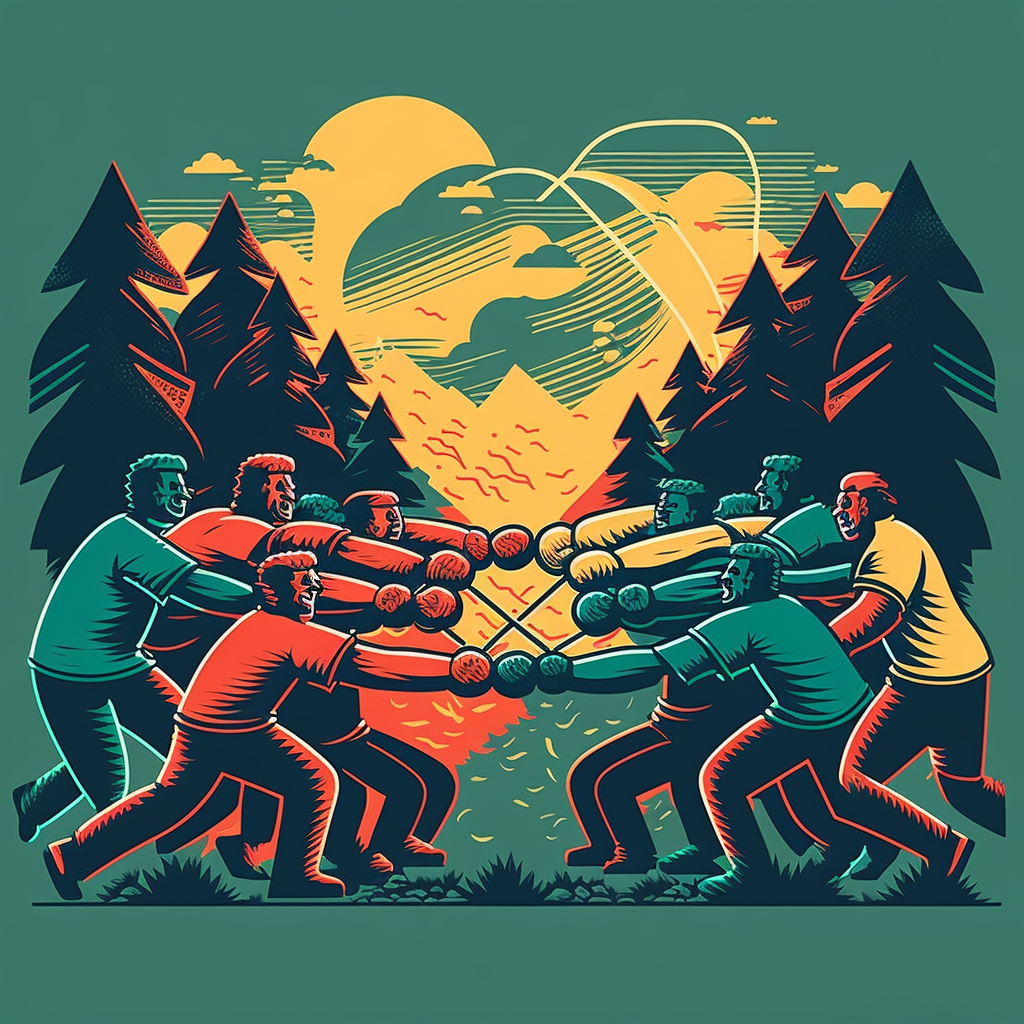Welcome, fellow product designers, to the epic saga of Scrum vs Design Thinking – two methodologies that have “captured the hearts and minds” of the design community. Each has its unique strengths, yet they can also seem at odds with one another. Today, we’ll take a light-hearted and humorous journey through the challenges we face when trying to merge these two seemingly disparate approaches, and explore how we might strike a delicate balance between them.
As product designers, our mission is to create user-centered products that delight and solve real-world problems. But in our quest for innovation and empathy, we often find ourselves torn between the fast-paced world of Scrum and the empathetic, iterative nature of Design Thinking. In the heat of the battle, we may wonder: can these two methodologies coexist harmoniously, or are we destined to choose sides like Batman and Superman?
Fear not, for in this tongue-in-cheek exploration, we’ll uncover the challenges and trade-offs that lie at the intersection of Scrum and Design Thinking. We’ll delve into fictional anecdotes inspired by real-life experiences to highlight the pitfalls and triumphs of working in a team that juggles both methodologies. So, grab your popcorn and join us as we embark on this roller-coaster ride through the minefield of innovation and empathy!

The Great Scrum-Design Thinking Showdown
Time Crunch: Empathy? Ain’t Nobody Got Time for That
“We had a client who wanted to redesign their entire family tree experience in just two weeks. As you can imagine, there wasn’t much time for a deep dive into user research.” – John Wayne Hill
We all know that user research is crucial, but when Scrum sprints take over, we often end up making sacrifices. Who needs empathy when deadlines are looming?
Pressure Cooker: Fast, but Furious Enough?
“I remember pushing the team to ship a new feature every sprint, only to realize that we were sacrificing quality for the sake of speed.” – John Wayne Hill
Scrum’s emphasis on rapid delivery can sometimes lead to a focus on speed over quality. But, what’s the point of being fast if we’re not creating groundbreaking solutions?
Round and Round We Go: The Iteration Dilemma
“We once had a project where we kept going back to the drawing board after each sprint, only to find that our assumptions were wrong every time. It was like running in circles.” – John Wayne Hill
Design Thinking’s iterative nature doesn’t always mesh well with Scrum’s linear progression. Finding the right balance can feel like an endless loop of sprinting, iterating, and sprinting again.
Striking the perfect balance between Design Thinking and Scrum requires a delicate dance of resource allocation. One misstep can lead to a project spinning out of control.
Navigating the Scrum-Design Thinking Showdown
As product designers, we must be aware of the challenges that come with merging Scrum and Design Thinking:
- Limited Time for Research: While we’d love to indulge in empathy, sprint deadlines often force us to make tough choices.
- Pressure to Deliver: Speed is important, but don’t lose sight of quality and innovation. Strive for a balanced approach.
- Difficulty Iterating: Brace yourself for the tug-of-war between Design Thinking’s iterative nature and Scrum’s linear progression. It’s a marathon, not a sprint (pun intended).
Want to learn more? Read the full post over on Design Is Hard.

In Conclusion
In conclusion, product designers, embracing the challenges that come with combining Scrum and Design Thinking is no easy feat. But, armed with a healthy dose of humor, a keen understanding of the hurdles we encounter, and a willingness to adapt, we can turn these seemingly opposing forces into a harmonious and powerful partnership. By acknowledging and navigating the minefield of innovation and empathy, we can create user-centered products that balance speed, quality, and innovation, all while keeping our sanity intact.
So, as we embark on our next design adventure, let’s remember the lessons learned from the Scrum-Design Thinking showdown, and face the obstacles with wit, wisdom, and a touch of snark. Together, we can forge a brave new path where Scrum and Design Thinking coexist in harmony, empowering us to deliver exceptional experiences that not only delight our users but also redefine the very notion of what it means to be a product designer. Buckle up, embrace the wild ride, and let’s create a future where innovation and empathy go hand in hand!



